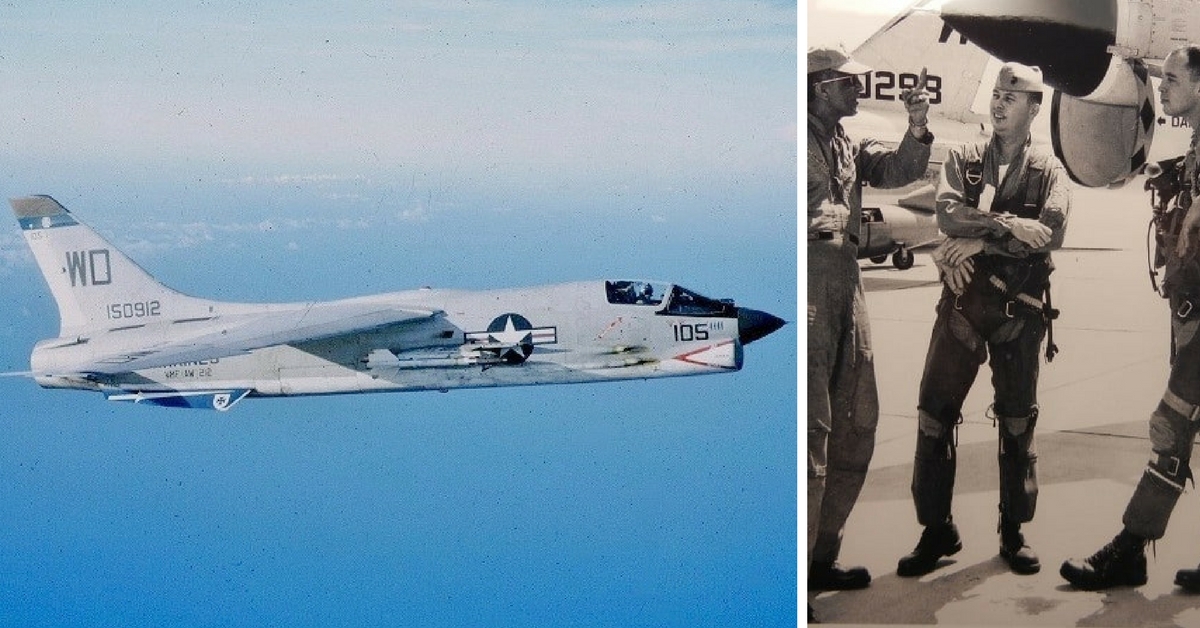I, like many people, am terrified of heights. That's why, while reading about the ordeal that Cliff Judkins went through as a U.S. Air Force pilot on a routine trans-pacific flight makes me so wildly uncomfortable.

Judkins was flying his F-8 Crusader, 20,000 feet above the Pacific Ocean. He had just hooked his plane up to C-130 Tanker in order to do a mid-air refuel.
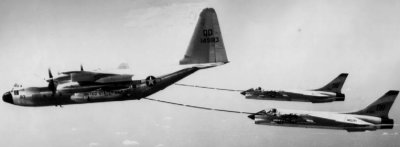
During the initial stages of refueling, everything remained normal and all of his gauges told him that this would be a quick and painless procedure. Judkins noticed that his throttle lever was sticking slightly, which was slightly unusual, and as he tried to adjust for the issue there was a bang followed by a mid-air explosion. This started a chain reaction of events that would seem far-fetched in a book or on television.
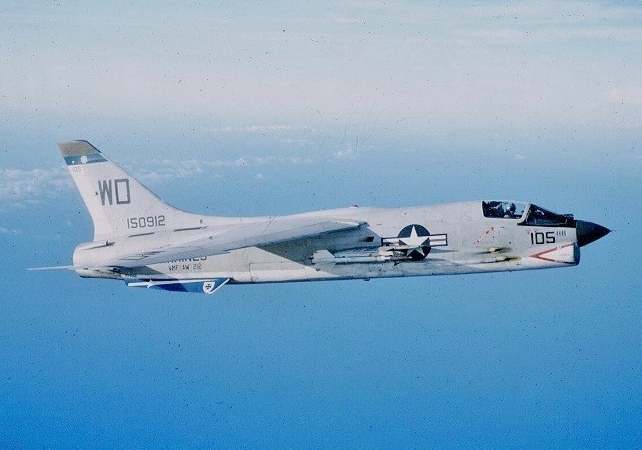
Judkins had "flamed out" meaning his plane suffered a catastrophic malfunction followed by a mid-air fire/explosion. His training immediately kicked in and he started going through the procedures for such a situation. His radio was out so he couldn't inform anyone of what was going on, and that was a serious problem, because when he attempted to release the canopy hatch to eject, nothing happened.
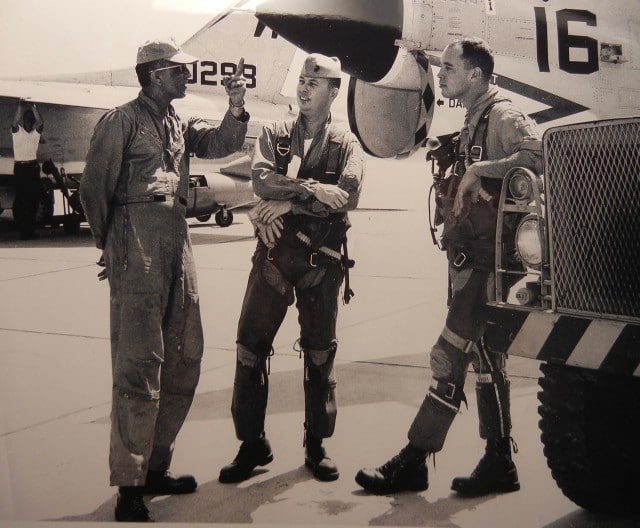
As with most airplanes, there was a secondary plan if the first attempt failed. He reached for the secondary release handle, and again nothing happened. Without a radio, and without the ability to eject his seat normally, he was left with only one option; to manually remove the canopy, stand up in the pilot's seat, and jump from the plane, an extremely dangerous prospect. Pilots only did this as a last resort because the chances of being cut in half by the tail after leaving the plane were great.

By some form of luck, Judkins managed to miss the tail of the plane as his body was thrown into the open air. You would think that he could breathe a sigh of relive after this, but this was sadly not the case. When he pulled his parachute cord, the small chute opened properly, but his large 24' chute just flapped in the wind, tangled in upon itself.
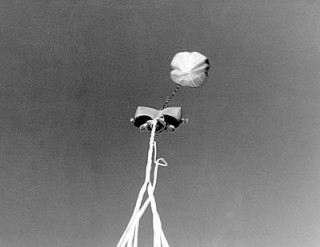
Judkins then continued to plummet towards the Pacific Ocean. He doesn't remember the impact, but he suddenly felt cold, and was in unbearable pain, yet he was alive, after falling over 15,000 feet into water which would have felt much like concrete from that height.

Cliff Judkins was rescued over an hour later, miraculously still alive. He had suffered two broken ankles (multiple fractures in each), a tendon in his left foot was cut, his pelvis was fractured, a fractured number 7 vertebra, a partially collapsed lung, and his organs were damaged.
Within a few months he was back on his feet (so to speak), and he did fly again, eventually becoming a Delta Airlines pilot.
How did this man survive such a catastrophic accident?
